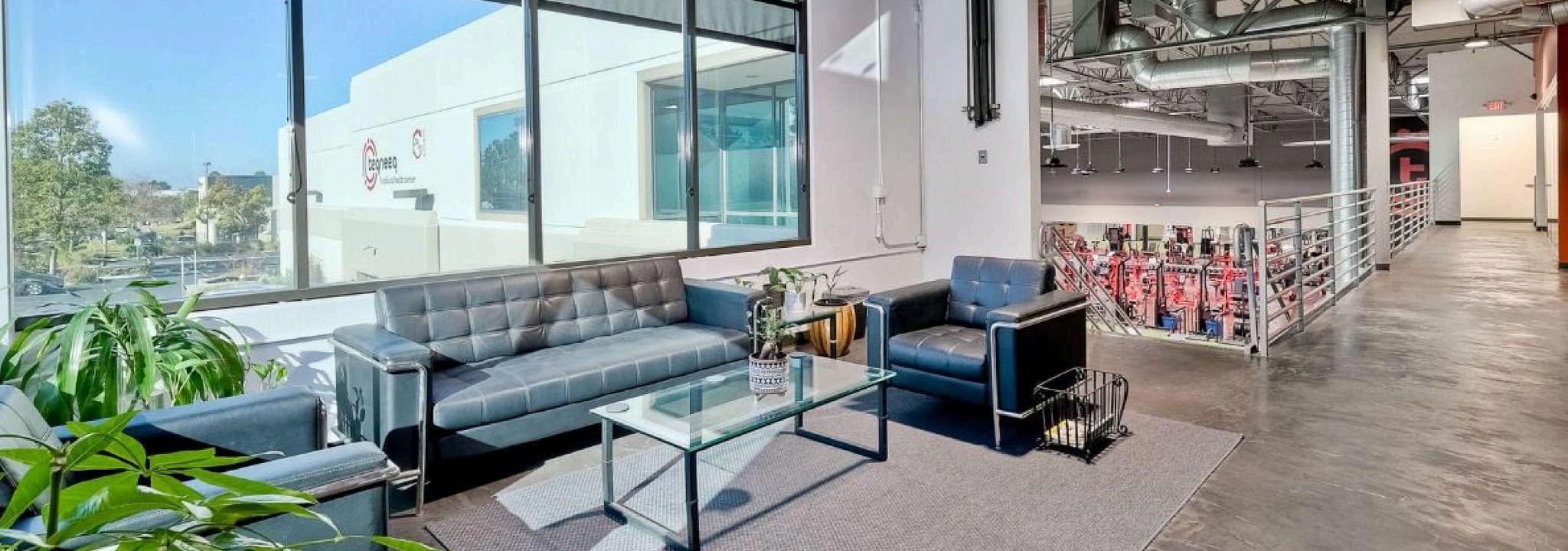Lessons from a 100-Pound Fitness Transformation by Teqneeq

Understanding the principles behind a significant weight loss can empower anyone to make positive changes. When one woman set out to lose 100 pounds, she approached it as an educational journey rather than a quick fix. By examining her methods, you can learn how to create a sustainable plan grounded in evidence-based strategies, as advised by Teqneeq.
She began by evaluating her starting point. Learning to take accurate measurements body weight, waist circumference, and basic stamina tests offers a clear picture of current health. In her case, tracking how long she could walk without rest and how many squats she could complete provided meaningful benchmarks. Educating yourself on these metrics prevents setting goals that are too easy or unrealistically high.
Next, she applied key behavior-change strategies. Instead of vague intentions, she used the SMART criteria: Specific, Measurable, Achievable, Relevant, and Time-bound. For example, her first objective was to walk briskly for 30 minutes, three times per week, for six weeks.
Tracking performance in a fitness app taught her to record data accurately and identify patterns. Seeing incremental improvements reinforced her motivation and demonstrated how precise targets translate into real progress.
Nutrition education played a critical role. She studied macronutrient balance and portion sizes, learning to replace processed snacks with whole foods. Understanding that lean proteins support muscle recovery and that fiber-rich vegetables enhance satiety helped her design meals that were both satisfying and calorie-controlled. Weekend meal preparation became an instructional activity: she experimented with recipes, noted their nutritional content, and refined her choices based on how her energy levels responded throughout the week.
Accountability mechanisms complemented her plan. She scheduled weekly check-ins with a health coach, turning self-assessment into structured learning opportunities. By reviewing her log and receiving feedback, she deepened her understanding of how stress, sleep quality, and hydration influence weight-loss trajectories. Sharing milestones with a support group fostered a collaborative environment, where asking questions and exchanging tips became part of the educational process.
She embraced adaptability. When minor injuries occurred or work obligations increased, she adjusted her routine rather than abandoning it. Swapping a high-impact run for a low-impact swim taught her the value of cross-training. Reflecting on these adjustments reinforced her ability to learn from setbacks and continuously refine her approach.
By treating each phase of her 100-pound journey as an opportunity for discovery, she built knowledge and habits that outlasted the initial goal. Applying these lessons can transform any fitness aspiration into a structured, educative experience that promotes lifelong well-being.
